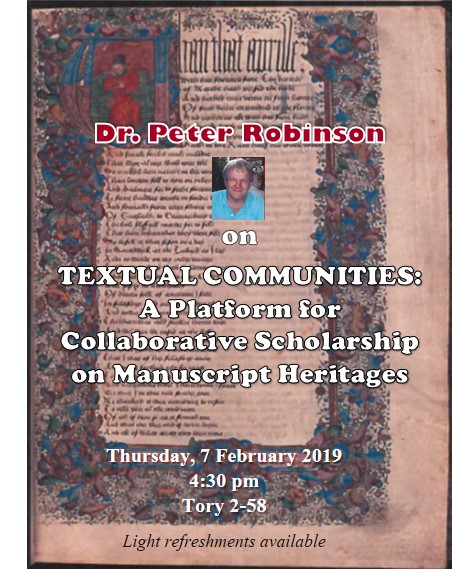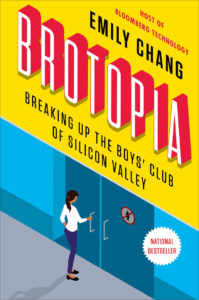Computer programming once had much better gender balance than it does today. What went wrong?
The New York Times has a nice long article on The Secret History of Women in Coding – The New York Times. We know a lot of the story from books like Campbell-Kelly’s From Airline Reservations to Sonic the Hedgehog: a History of the Software Industry (2003), Chang’s Brotopia (2018), and Rankin’s A People’s History of Computing in the United States (2018).
The history is not the heroic story of personal computing that I was raised on. It is a story of how women were driven out of computing (both the academy and businesses) starting in the 1960s.
A group of us at the U of Alberta are working on archiving the work of Sally Sedelow, one of the forgotten pioneers of humanities computing. Dr. Sedelow got her PhD in English in 1960 and did important early work on text analysis systems.


